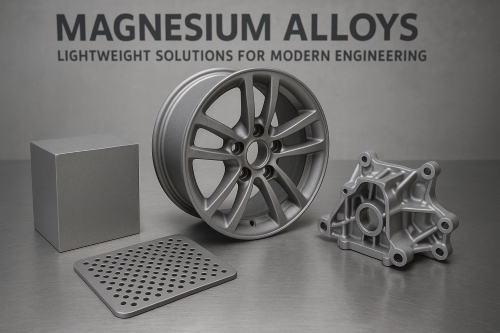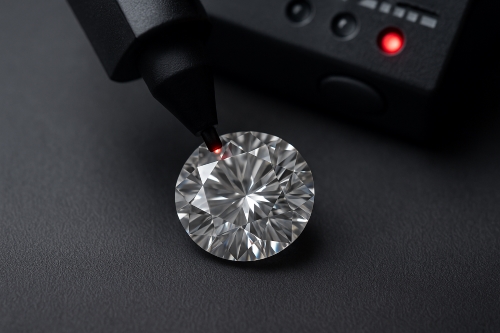Magnesium Oxide: From Industry To Health
Facts about Magnesium Oxide
Magnesium Oxide (MgO), also known as Magnesia, is a white, hygroscopic, solid mineral that finds application in various sectors. Its properties enable its use in industrial processes and health-related applications. This text presents data on its use from heavy industry to nutritional benefits.
Magnesium Oxide is an inorganic compound existing naturally as periclase. In its pure form it appears as a fine powder with hygroscopic characteristics; it absorbs moisture from the air. The compound is produced industrially through the calcination of magnesium carbonate or magnesium hydroxide.
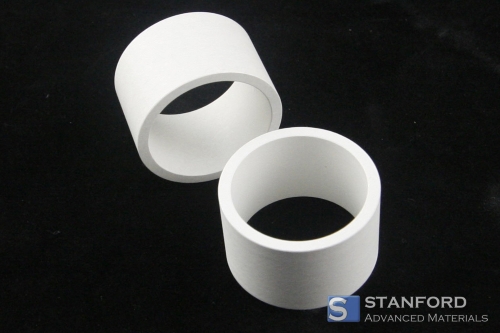
Industrial Applications and Properties
The notable properties of MgO are detailed below:
- MgO has a melting point of approximately 2 852 °C (5 166 °F). It is used as a refractory material for lining furnaces and reactors.
- Chemically, this basic oxide reacts with water to form magnesium hydroxide and with acids to produce the corresponding magnesium salts. These reactions allow its use in neutralisation processes and environmental remediation as well as in various industrial procedures.
- Physically, magnesium oxide acts as an electrical insulator with a high thermal conductivity and electrical resistance. Its stability ensures that its structure and chemical composition remain intact under extreme conditions. Thereby, MgO is applied in sectors from ceramics and cement manufacturing to fire protection and agriculture.
The above properties validate the importance of MgO in several applications.

Use as a Refractory Material
Magnesium oxide has a melting point of 2 800 °C. It is used for lining furnaces in the metal and glass industries. This material extends the operating life of furnaces and improves energy efficiency.
Applications in Environmental Management
Magnesium oxide serves as a neutralising agent in water treatment. It adjusts the pH of industrial wastewater, thereby ensuring that the effluent meets safety standards for disposal or reuse. It also absorbs heavy metals and other pollutants from emissions, reducing environmental contamination.
Advantages for the Construction Industry
Magnesium oxide is used in the production of MgO wall panels. These panels are fire-resistant and inhibit the growth of mould, making them suitable for use in moist environments. When added to cement, magnesium oxide helps to absorb excess moisture and reduces the formation of cracks, thereby increasing the durability of concrete structures.
Core Properties and Health Benefits
The discussion now moves from industrial uses to the role of MgO in health and nutrition. This compound provides elemental magnesium in a concentrated form and is utilised for both nutritional supplementation and industrial processes.

Magnesium oxide exhibits several properties that support its use in both dietary supplements and industrial applications:
- High percentage of elemental magnesium by weight, which allows for the delivery of significant doses of magnesium in a small quantity.
- Low solubility in water. This property results in lower bioavailability compared with other magnesium compounds, such as magnesium citrate, and permits it to be used as an antacid and laxative.
- Stability under normal storage conditions, ensuring a long shelf-life.
- Cost-effectiveness in production and procurement compared with other magnesium salts, making it a viable option for nutritional and industrial uses.
These features support the widespread application of magnesium oxide in both health and industrial settings.
Nutritional Supplements
- Magnesium oxide is used to address magnesium deficiency. Magnesium is linked to muscle cramps, cardiovascular issues, and metabolic disturbances.
- Magnesium is involved in over 300 enzymatic reactions, including energy production, DNA synthesis, and protein synthesis.
Digestive Health
- MgO acts as an antacid. It neutralises stomach acid and provides prompt relief from heartburn and digestive disturbances.
- It is also employed as a laxative. The compound draws water into the intestine, softening stool and facilitating regular bowel movements.
Therapeutic Potential
- Recent studies have shown that magnesium oxide may help in the treatment of migraine and in reducing symptoms of depression.
- MgO is used to support cardiovascular health. It is applied in the treatment of hypertension and in the prevention of conditions such as eclampsia during pregnancy.
Technological and Specialised Applications
Magnesium oxide is employed in technological sectors where strict material performance is required.
- In Catalysis: MgO is used as a stable support in various chemical reactions performed at high temperatures. It thereby facilitates fuel and chemical production.
- In the Ceramics Industry: MgO is a component in the production of advanced materials, including superconductors and electrical insulators. These materials are significant in modern electronics and energy applications.
- In Agriculture: MgO is added to animal feed to ensure adequate magnesium for proper bone development and enzymatic functions in livestock. This application supports healthy livestock growth.
Diverse Magnesium Oxide Products
The table below provides an overview of the various applications of MgO. It highlights the compound’s versatility and the role it plays in multiple industrial and health sectors.
Stanford Advanced Materials (SAM) supplies a range of magnesium oxide products at competitive prices. Products include Magnesium Oxide Ceramic, evaporation materials, crystalline substances, pharmaceutical grade MgO powder, and feed grade MgO powder. For further details, please visit the homepage.
Table 1. Applications of Magnesium Oxide: From Industry to Health
|
Sector |
Application |
Advantages |
|
Industry |
Refractory Material |
High melting point; used for furnace linings, which increases furnace lifespan and efficiency. |
|
Environmental Management |
Neutralises wastewater pH and absorbs pollutants; decreases environmental contamination. |
|
|
Construction |
Used in MgO wall panels for fire resistance and mould inhibition; improves concrete durability by absorbing excess moisture. |
|
|
Health and Nutrition |
Addresses magnesium deficiency; supports over 300 enzymatic reactions in the body. |
|
|
Digestive Health |
Acts as an antacid and laxative; assists in the relief of digestive disturbances. |
|
|
Therapeutic Applications |
May assist in the management of migraine, depression, hypertension and in the prevention of eclampsia. |
|
|
Technology & Specialisation |
Catalysis |
Provides a stable basis for high-temperature chemical reactions; aids fuel production. |
|
Used in the production of materials including superconductors and insulators; supports electronic and energy applications. |
||
|
Agriculture |
Added to animal feed to ensure adequate magnesium for proper bone development and enzymatic function in livestock. |
Conclusion
The applications of magnesium oxide extend from industrial processes to health and nutrition. MgO remains effective even under extreme conditions and offers verifiable environmental and health benefits. As industry and research continually require advanced materials and detailed scientific understanding, magnesium oxide will likely see broader application in future developments.
Given that both industrial sectors and health sciences demand precise material performance, magnesium oxide plays an important role. Further research will quantify its full potential for numerous future applications.

 Bars
Bars
 Beads & Spheres
Beads & Spheres
 Bolts & Nuts
Bolts & Nuts
 Crucibles
Crucibles
 Discs
Discs
 Fibers & Fabrics
Fibers & Fabrics
 Films
Films
 Flake
Flake
 Foams
Foams
 Foil
Foil
 Granules
Granules
 Honeycombs
Honeycombs
 Ink
Ink
 Laminate
Laminate
 Lumps
Lumps
 Meshes
Meshes
 Metallised Film
Metallised Film
 Plate
Plate
 Powders
Powders
 Rod
Rod
 Sheets
Sheets
 Single Crystals
Single Crystals
 Sputtering Target
Sputtering Target
 Tubes
Tubes
 Washer
Washer
 Wires
Wires
 Converters & Calculators
Converters & Calculators

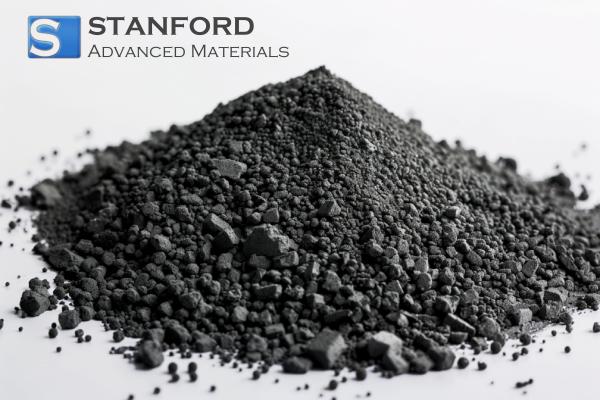

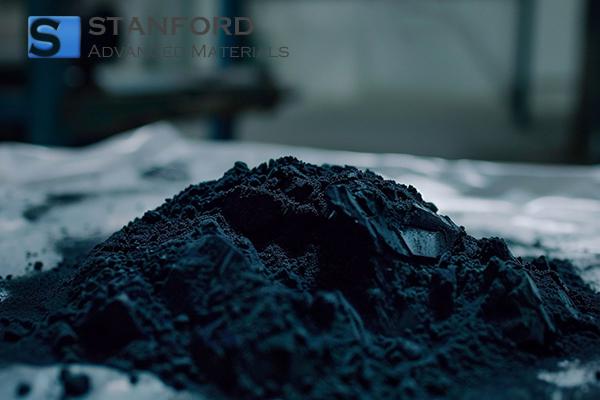
 Chin Trento
Chin Trento

